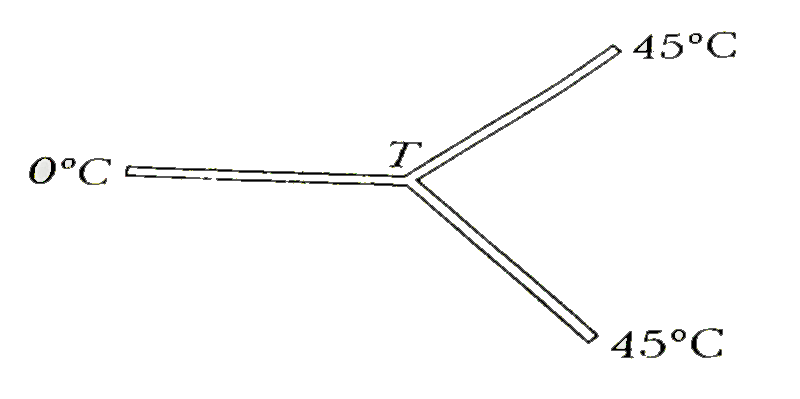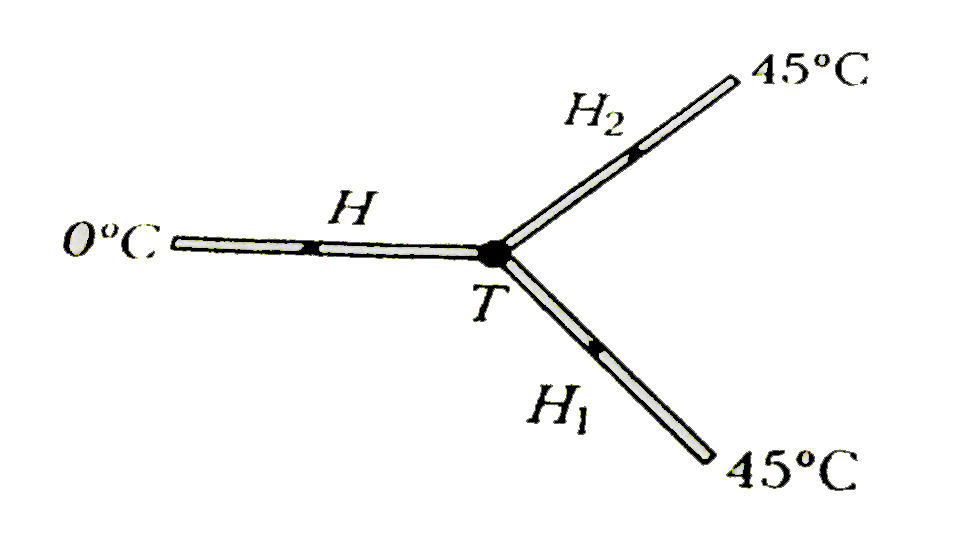Text Solution
Verified by Experts
|
Topper's Solved these Questions
CALORIMETRY AND HEAT TRANSFER
DC PANDEY ENGLISH|Exercise Check point 16.1|10 VideosView PlaylistCALORIMETRY AND HEAT TRANSFER
DC PANDEY ENGLISH|Exercise Check point 16.2|10 VideosView PlaylistCALORIMETRY & HEAT TRANSFER
DC PANDEY ENGLISH|Exercise Level 2 Subjective|14 VideosView PlaylistCENTRE OF MASS
DC PANDEY ENGLISH|Exercise Medical entrances gallery|27 VideosView Playlist
Similar Questions
Explore conceptually related problems
Knowledge Check
Similar Questions
Explore conceptually related problems
DC PANDEY ENGLISH-CALORIMETRY AND HEAT TRANSFER-Medical entrance s gallery
- Three identical rods have been joined at a junction to make it a Y sha...
03:38
|
Playing Now - A black body is at a temperature of 5760 K. The energy of radiation em...
02:41
|
Play - A piece of ice falls from a height h so that it melts completely. Only...
01:23
|
Play - The two ends of a metal rod are maintained at temperature 100^(@)C and...
01:37
|
Play - The black body spectrum of an object O(1) is such that its radiant int...
01:15
|
Play - Two plates of equal area are placed in contact with each other. The th...
07:04
|
Play - If the wavelength corresponding to maximum energy radiated from the mo...
01:50
|
Play - A solid at temperature T(1) is kept in an evacuated chamber at tempera...
02:42
|
Play - A black body with surface area 0.001 m^(2) is heated upto a temperatur...
01:05
|
Play - Identify the incorrect statement.
03:49
|
Play - Water is being boiled in a flat bottomed kettle placed on a stove . Th...
02:57
|
Play - A cylinder of radius R made of a material of thermal conductivity K1 i...
04:13
|
Play - on observing light form three different stars P, Q and R, it was foun...
03:45
|
Play - A piece of ice of mass 100 g and at temperature 0^@ C is put in 200 g ...
01:29
|
Play - A pan filled with hot food cools from 94^(@)C to 86^(@)C in 2 minutes ...
02:17
|
Play - 1 g of ice at 0^@C is mixed with 1 g of steam at 100^@C. After thermal...
05:54
|
Play - Stream at 100^(@)C is passed into 20 g of water at 10^(@)C. When water...
00:58
|
Play - A 10 W electric heater is used to heat a container filled with 0.5 kg ...
04:22
|
Play - A block of ice of mass 50kg is sliding on a horizontal plane. It start...
03:34
|
Play - Same quantity of ice is filled in each of the two metal container P an...
02:53
|
Play - Two identical rods are connected between two containers. One of them i...
06:45
|
Play

